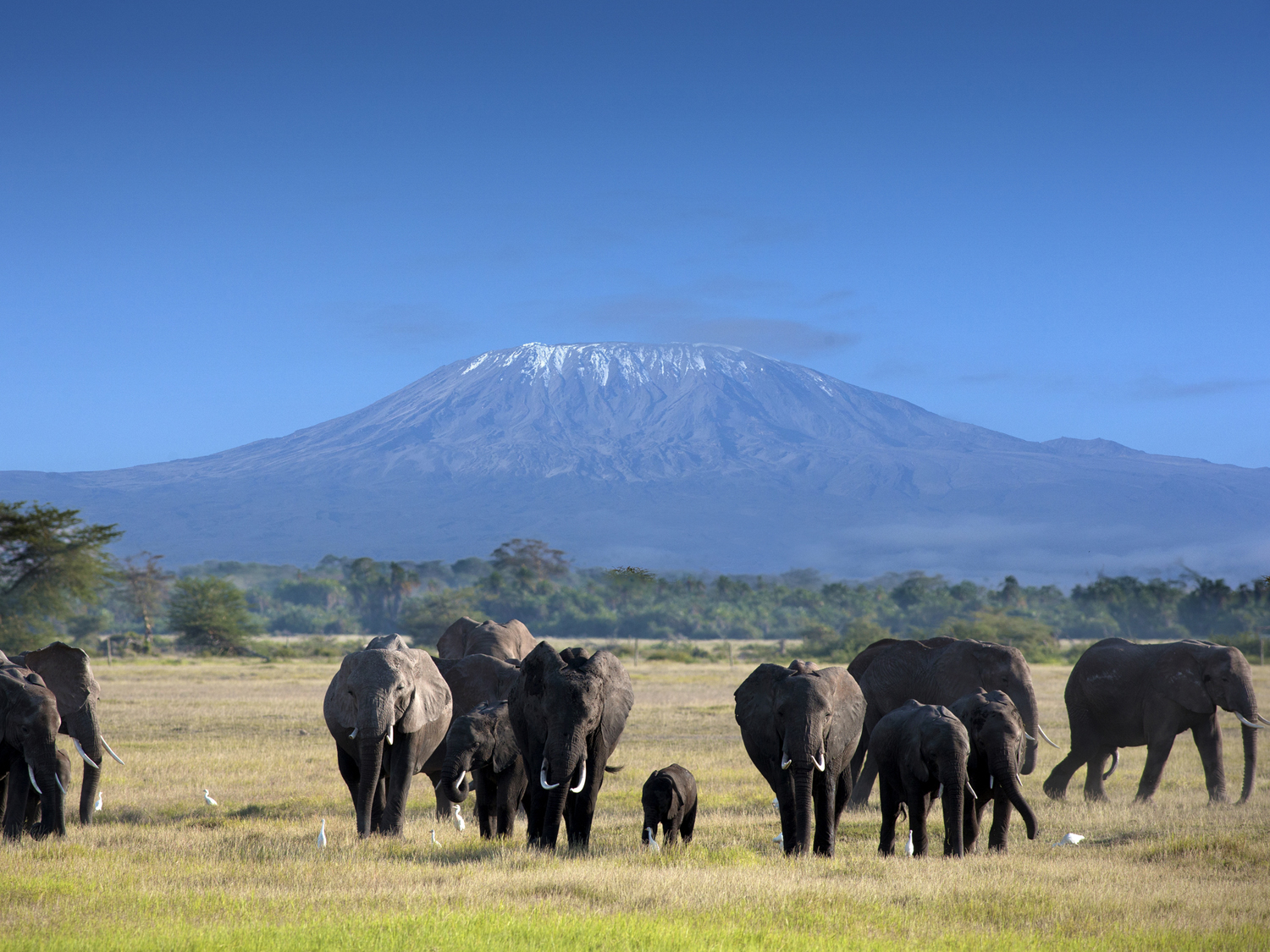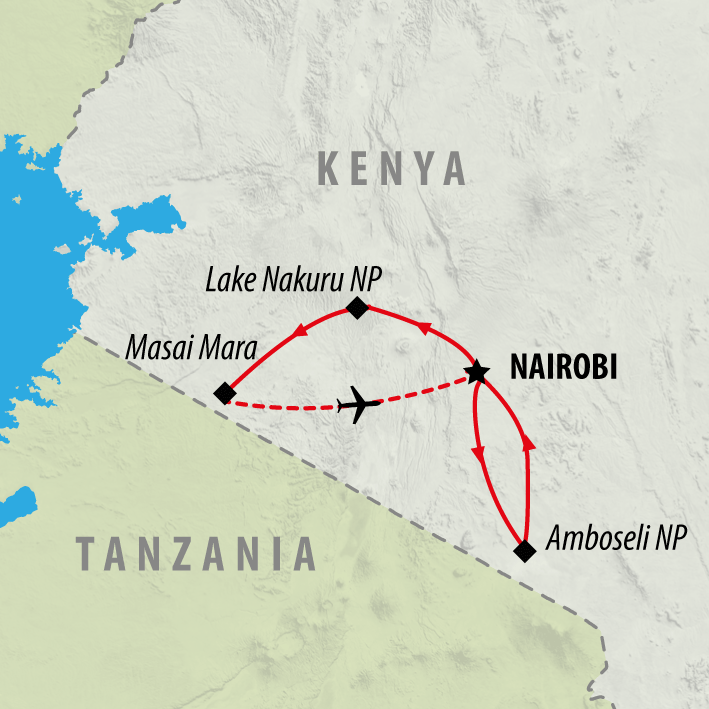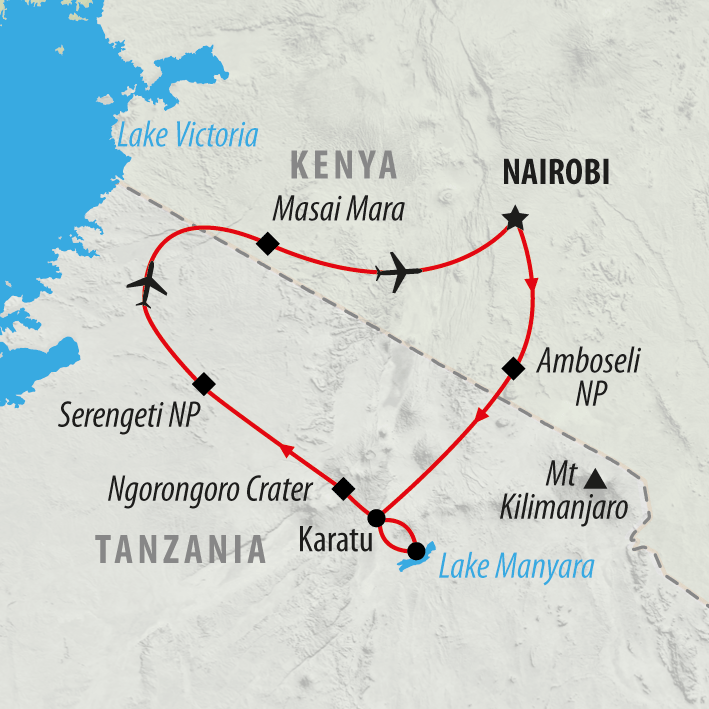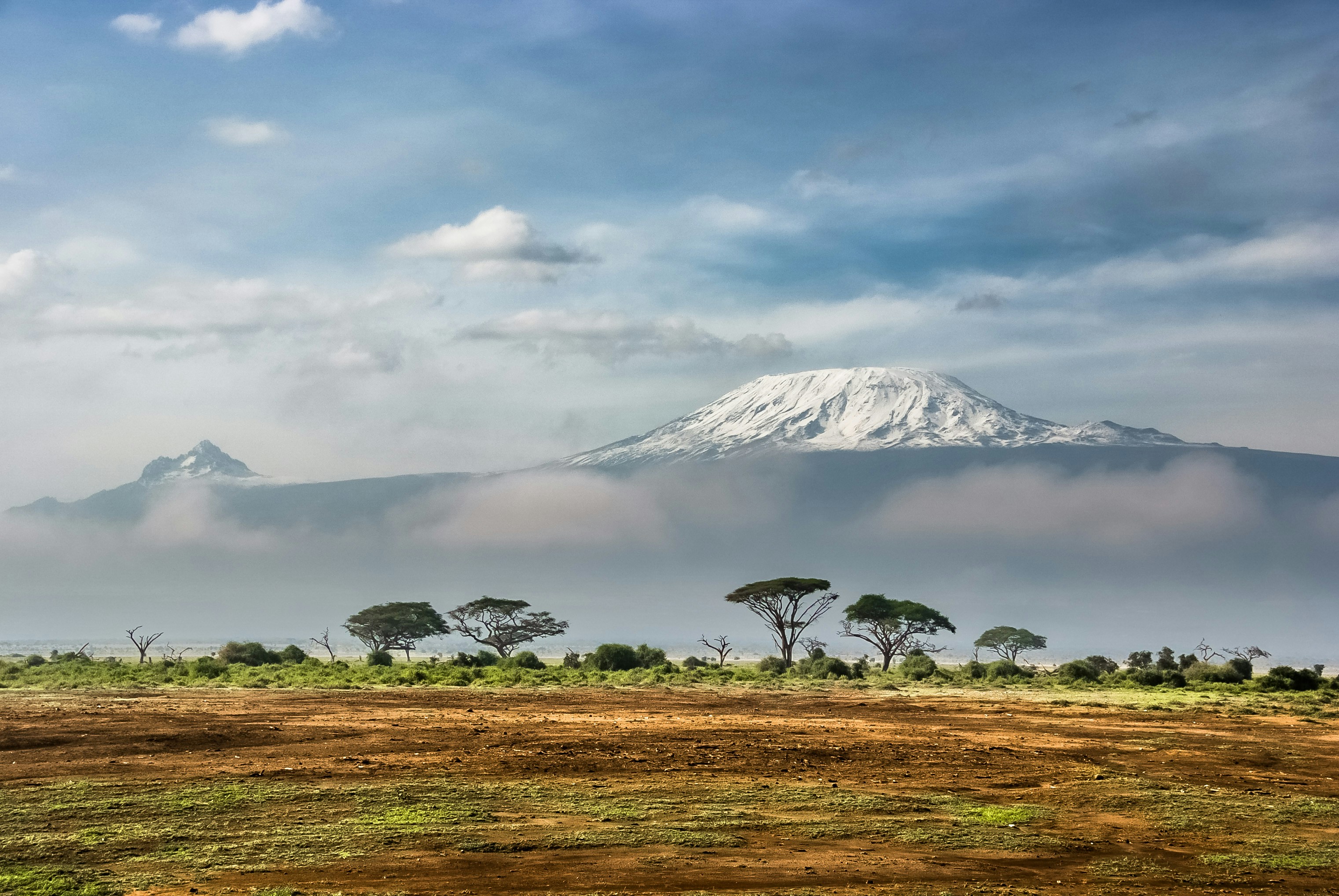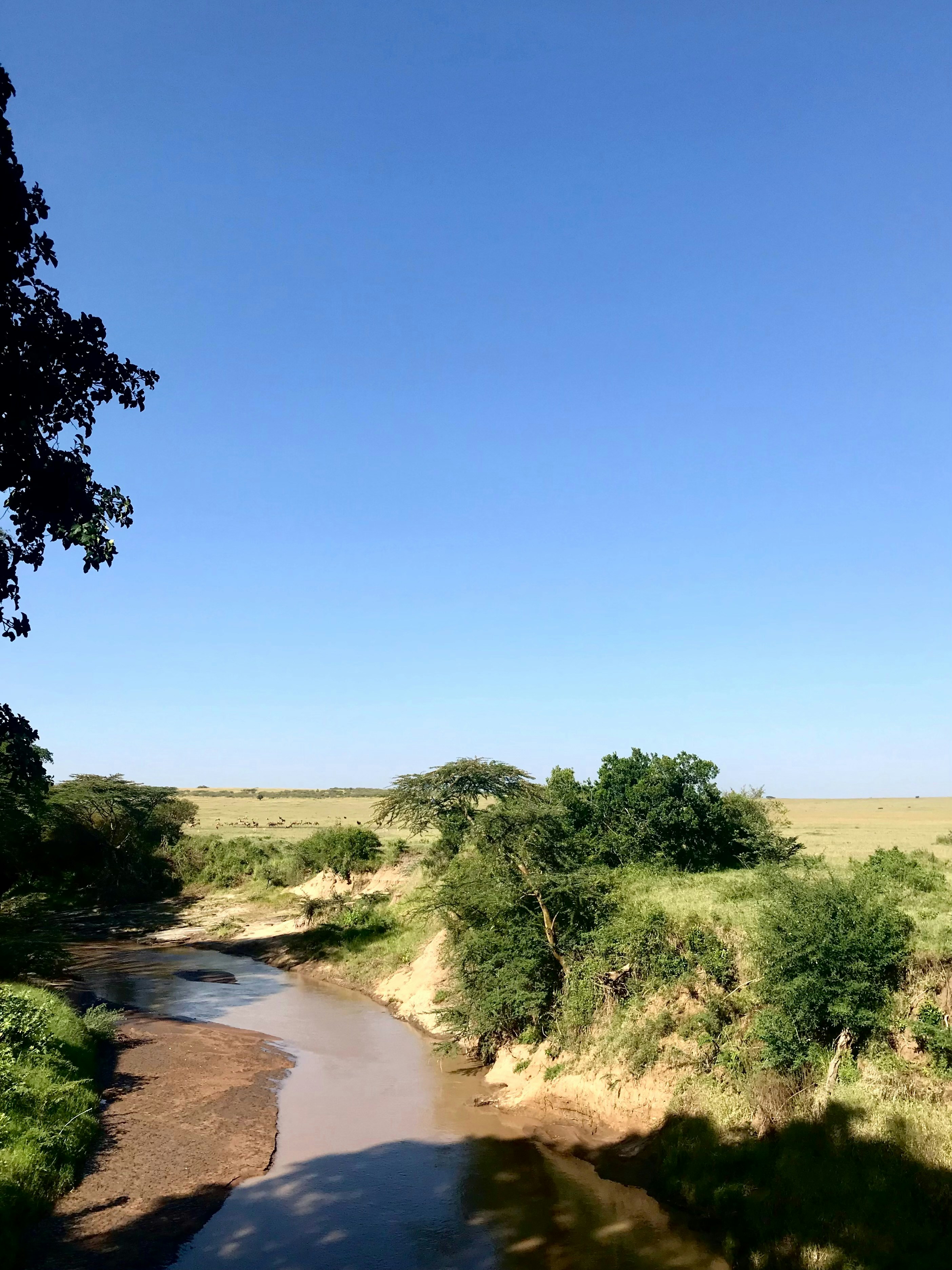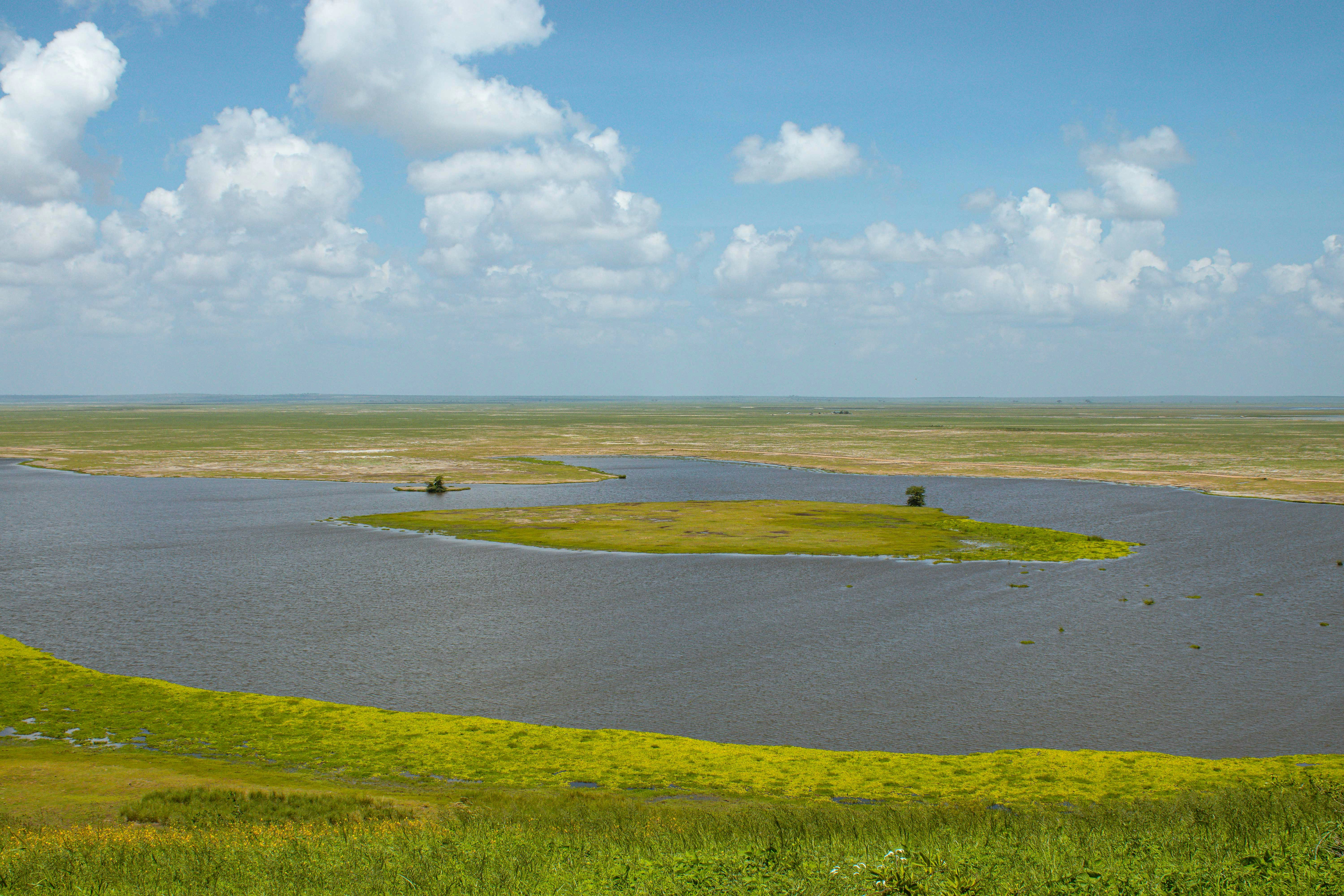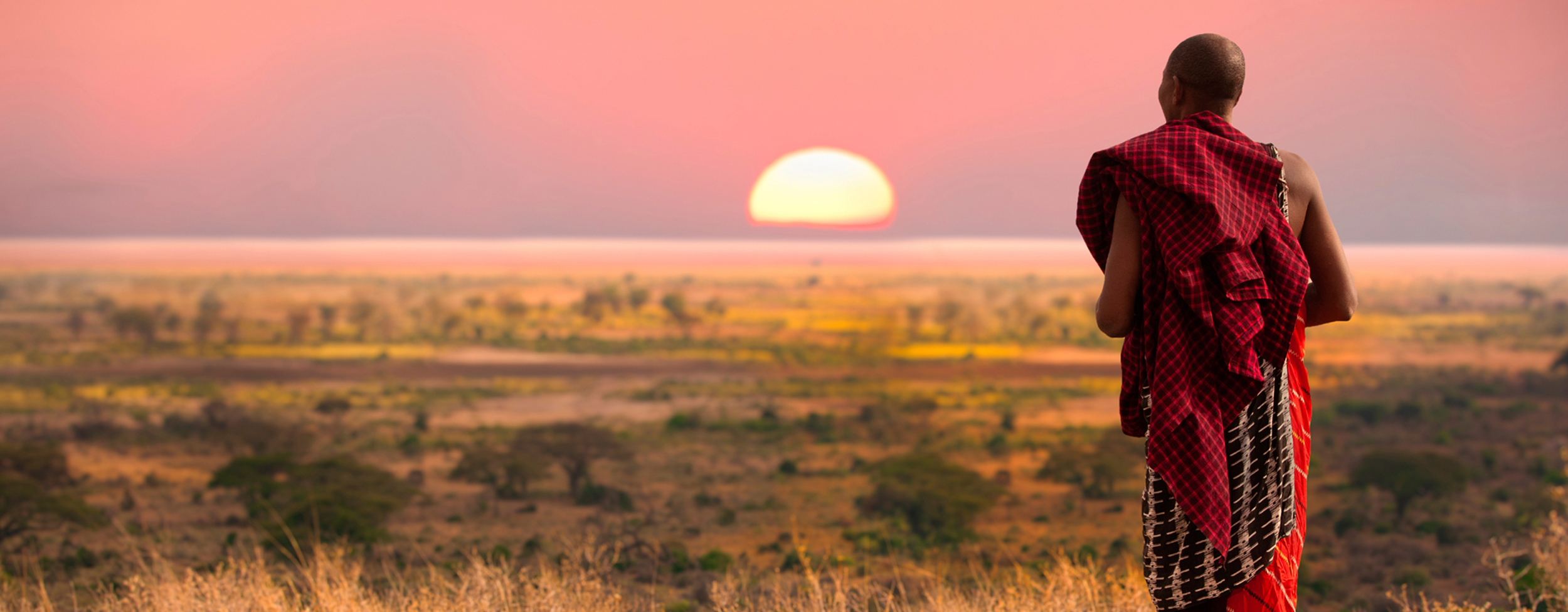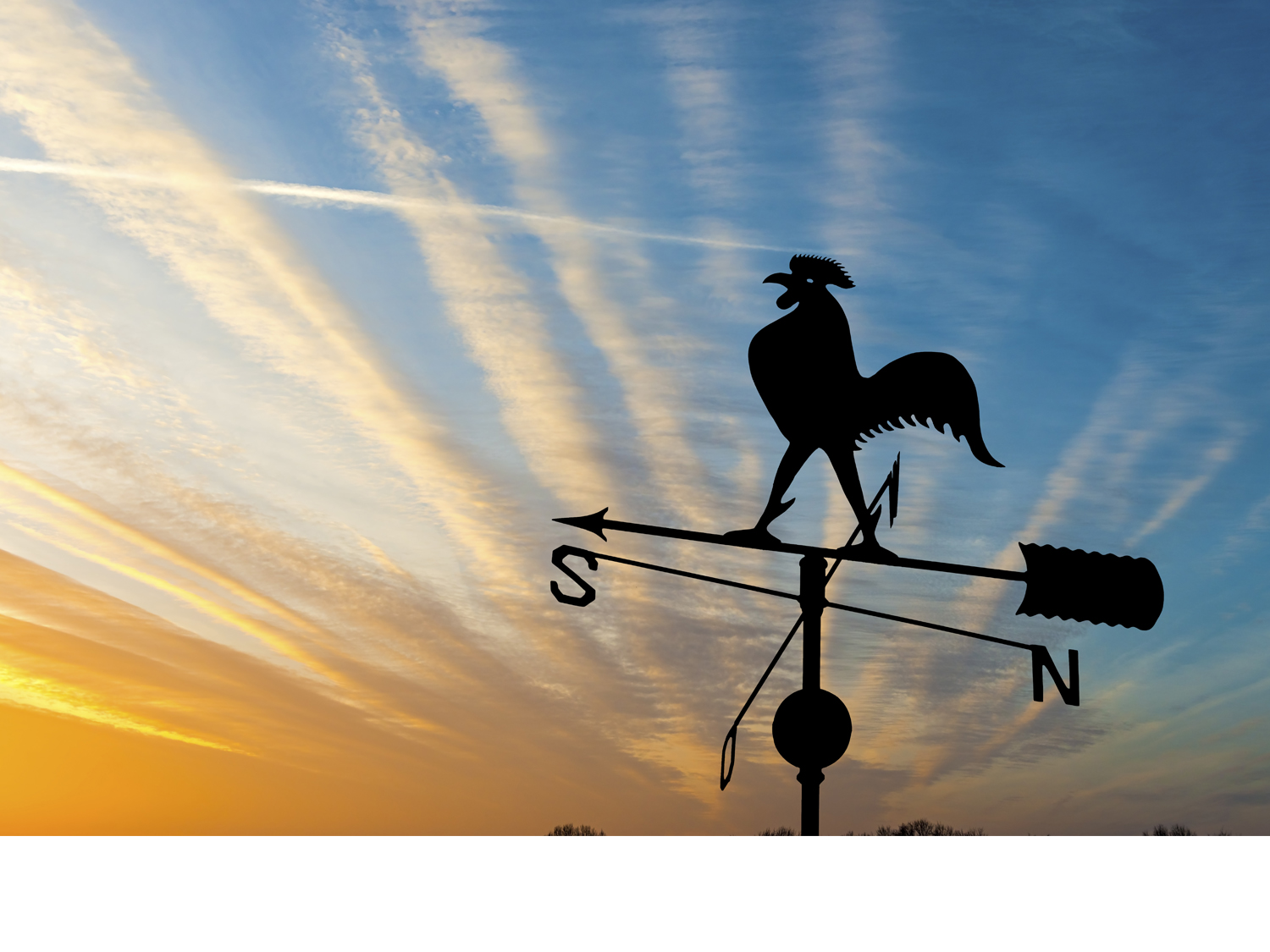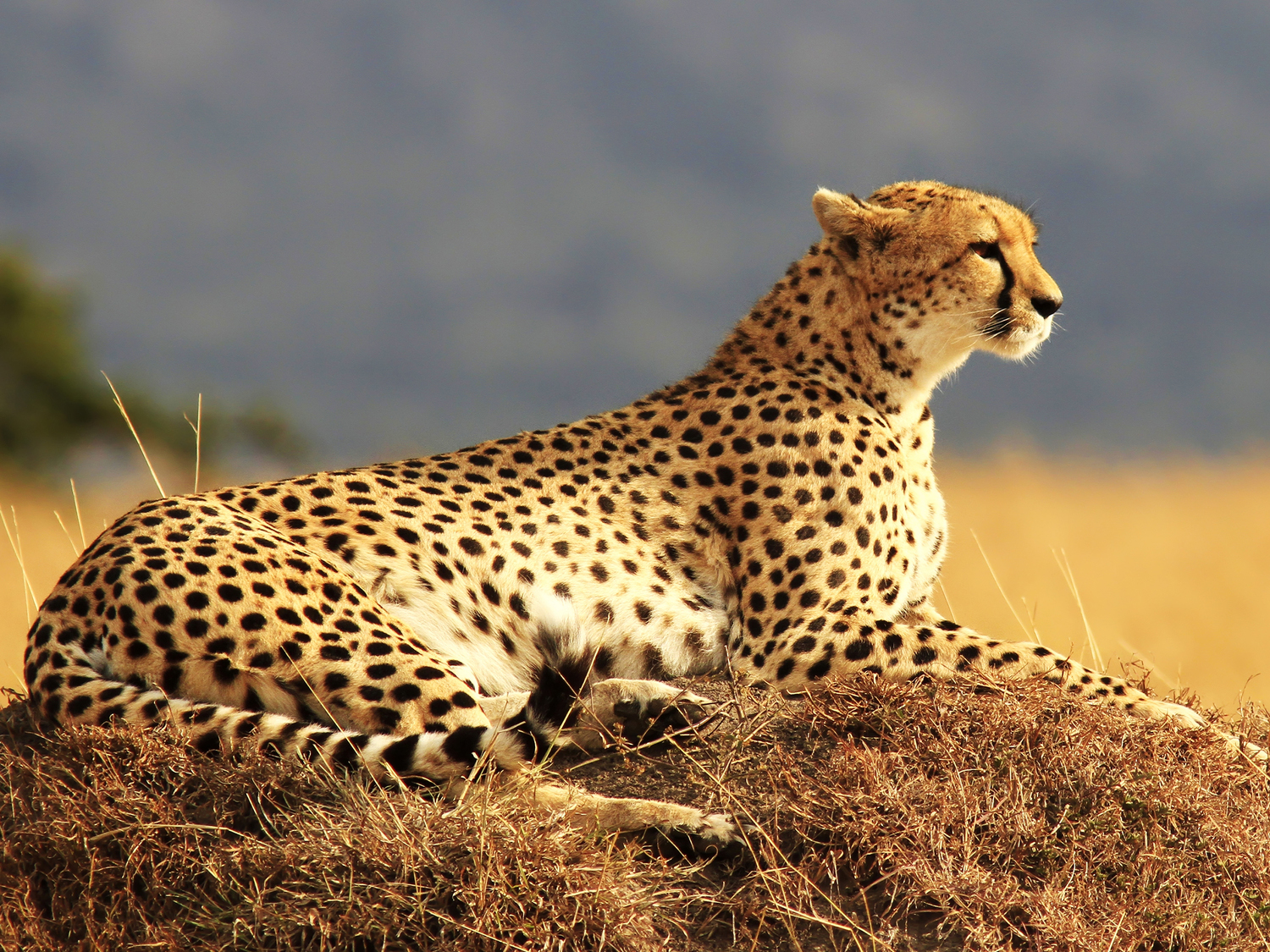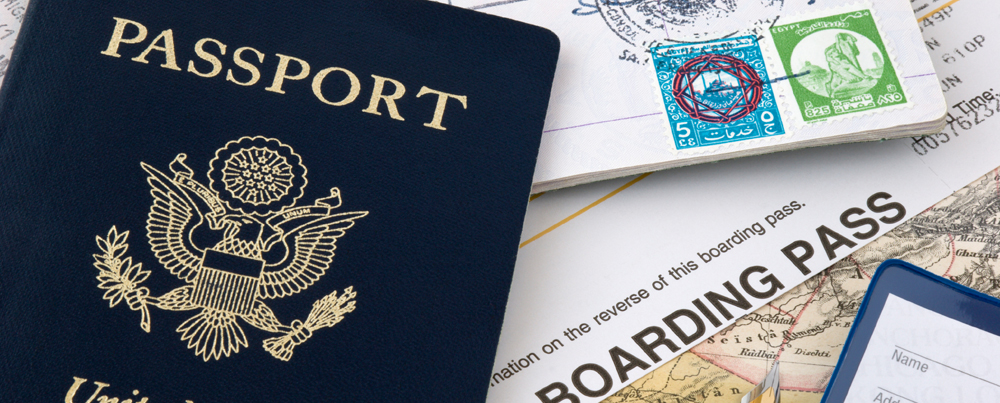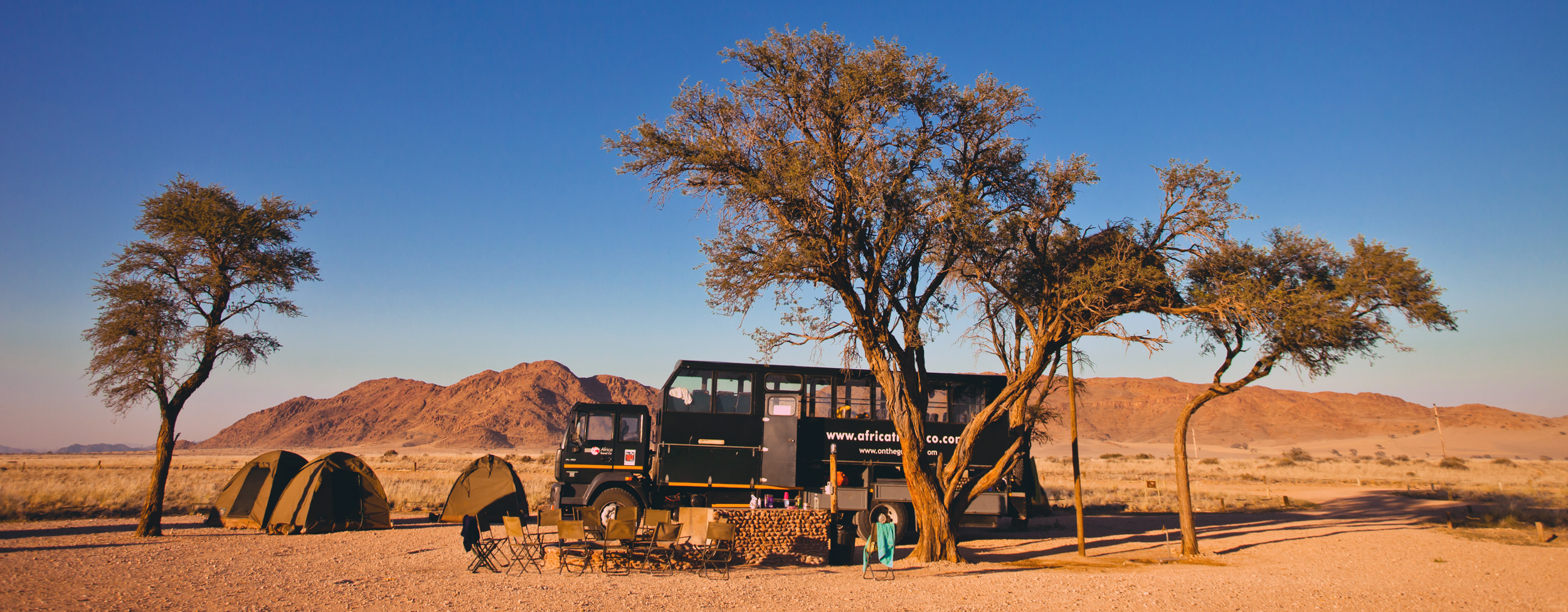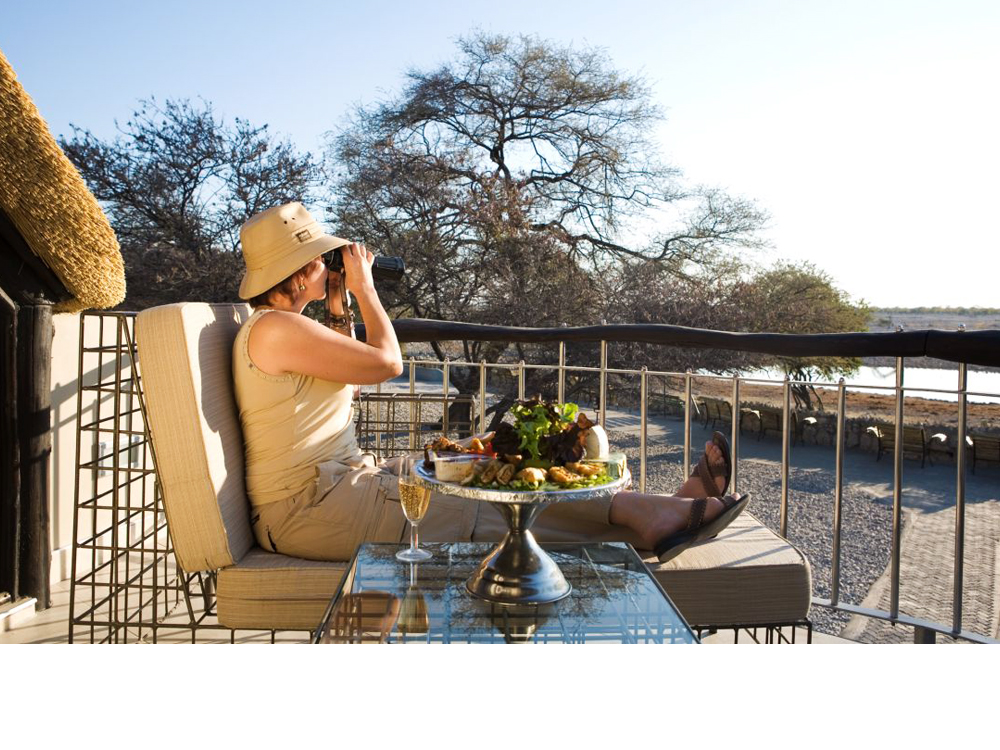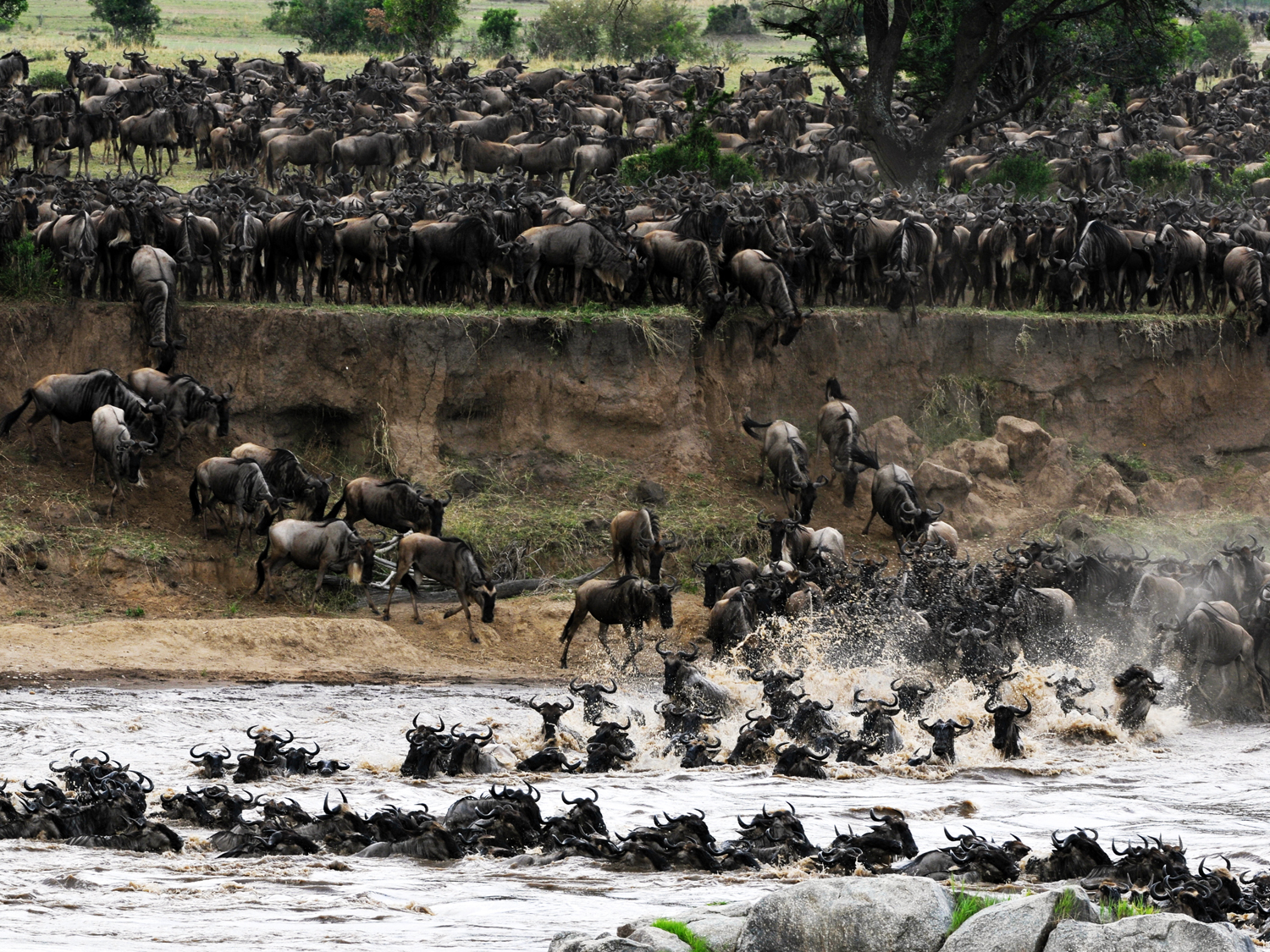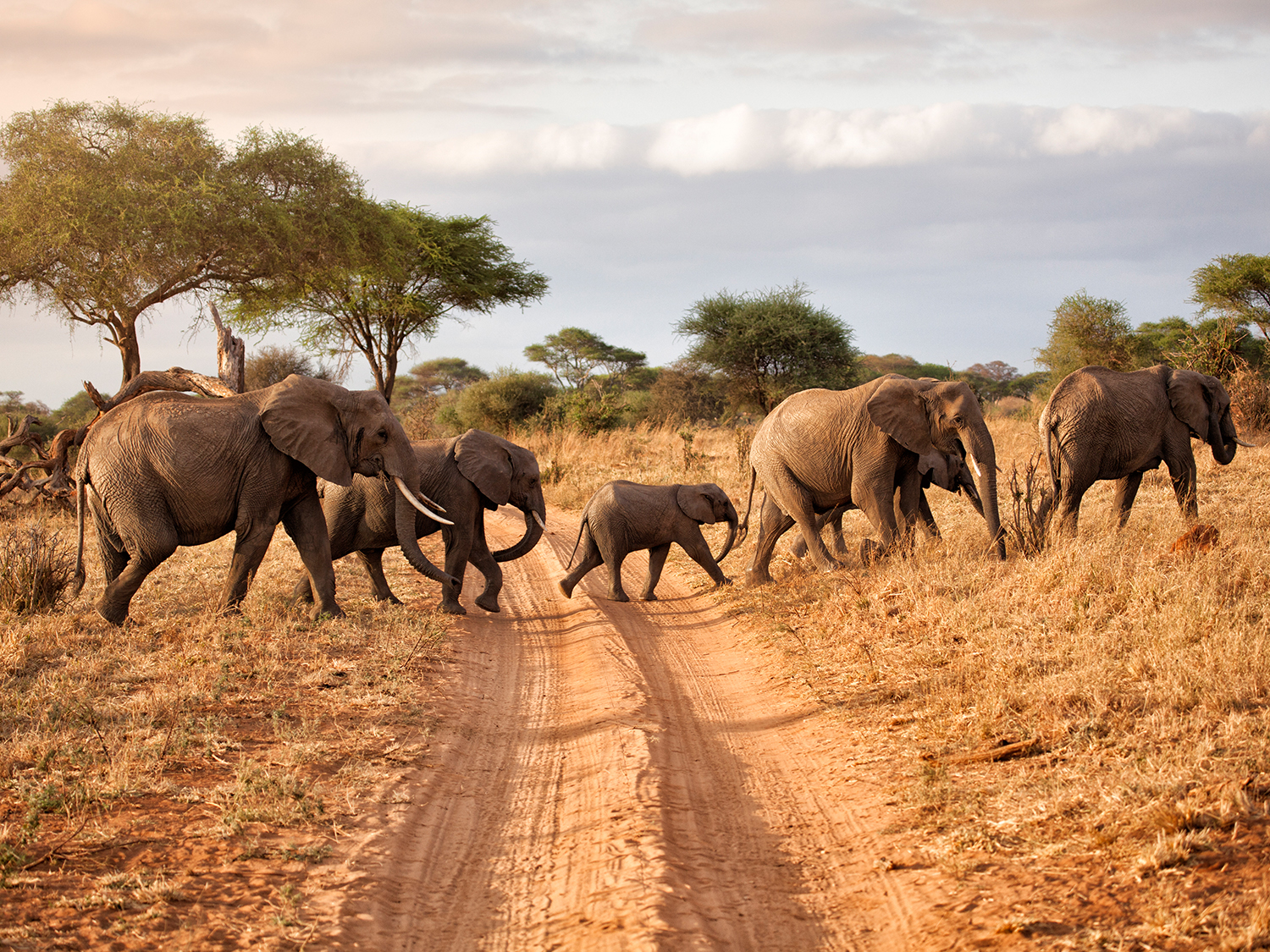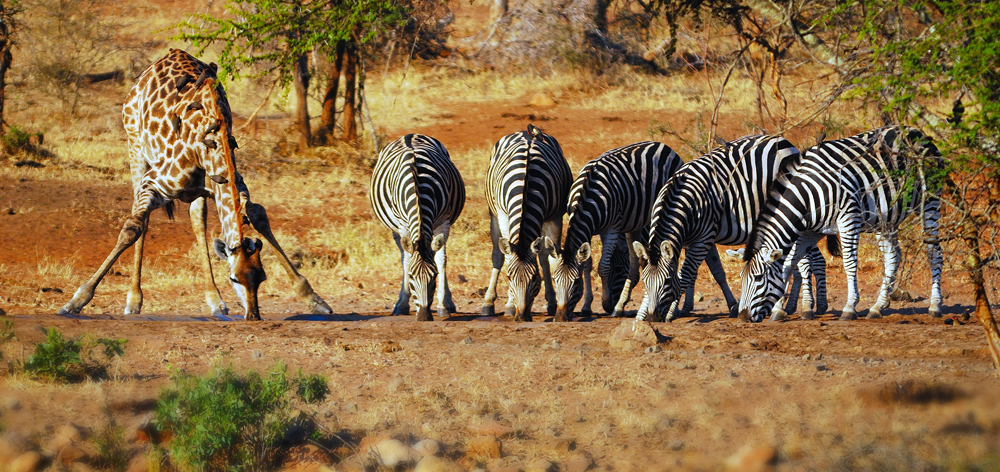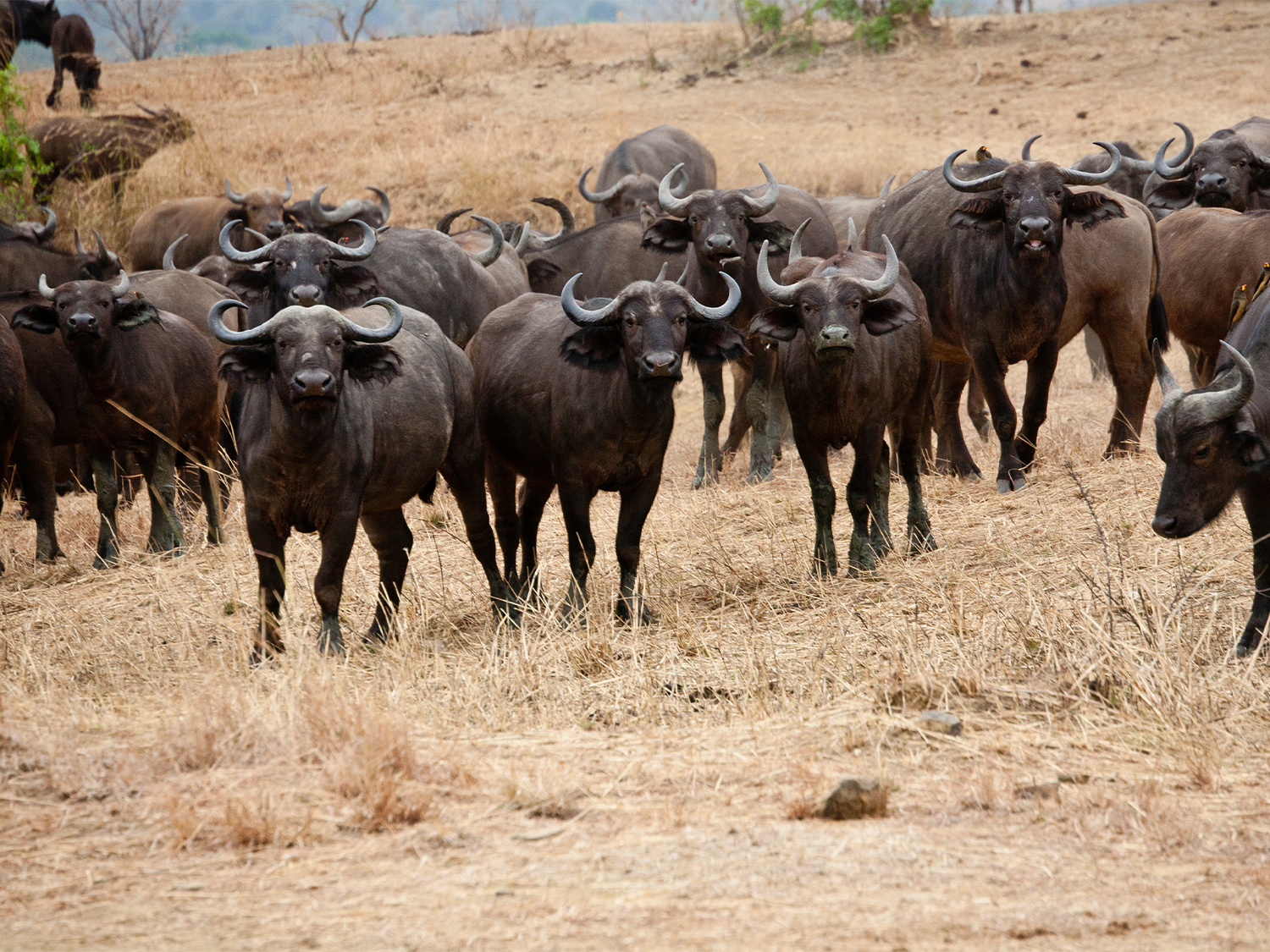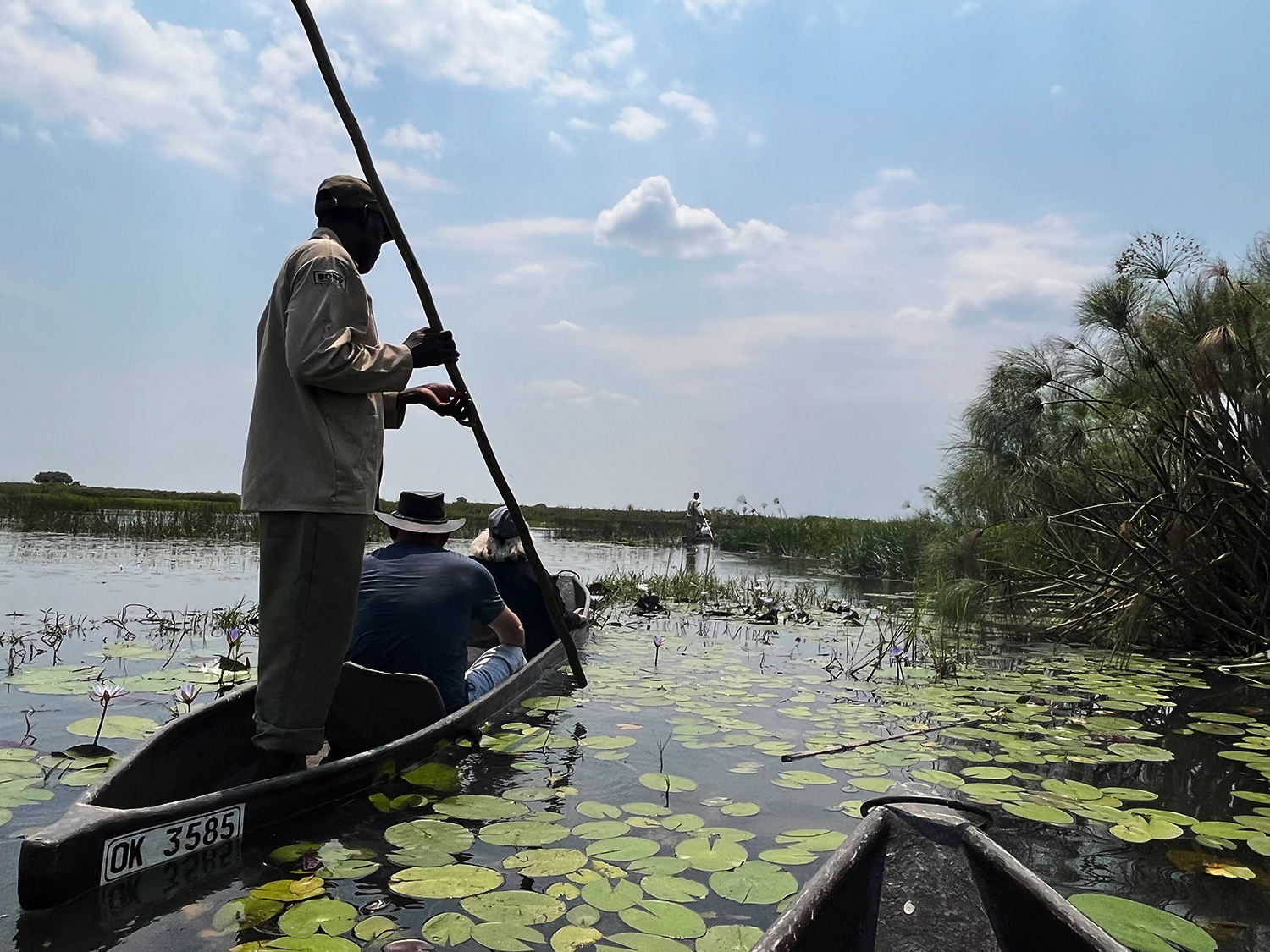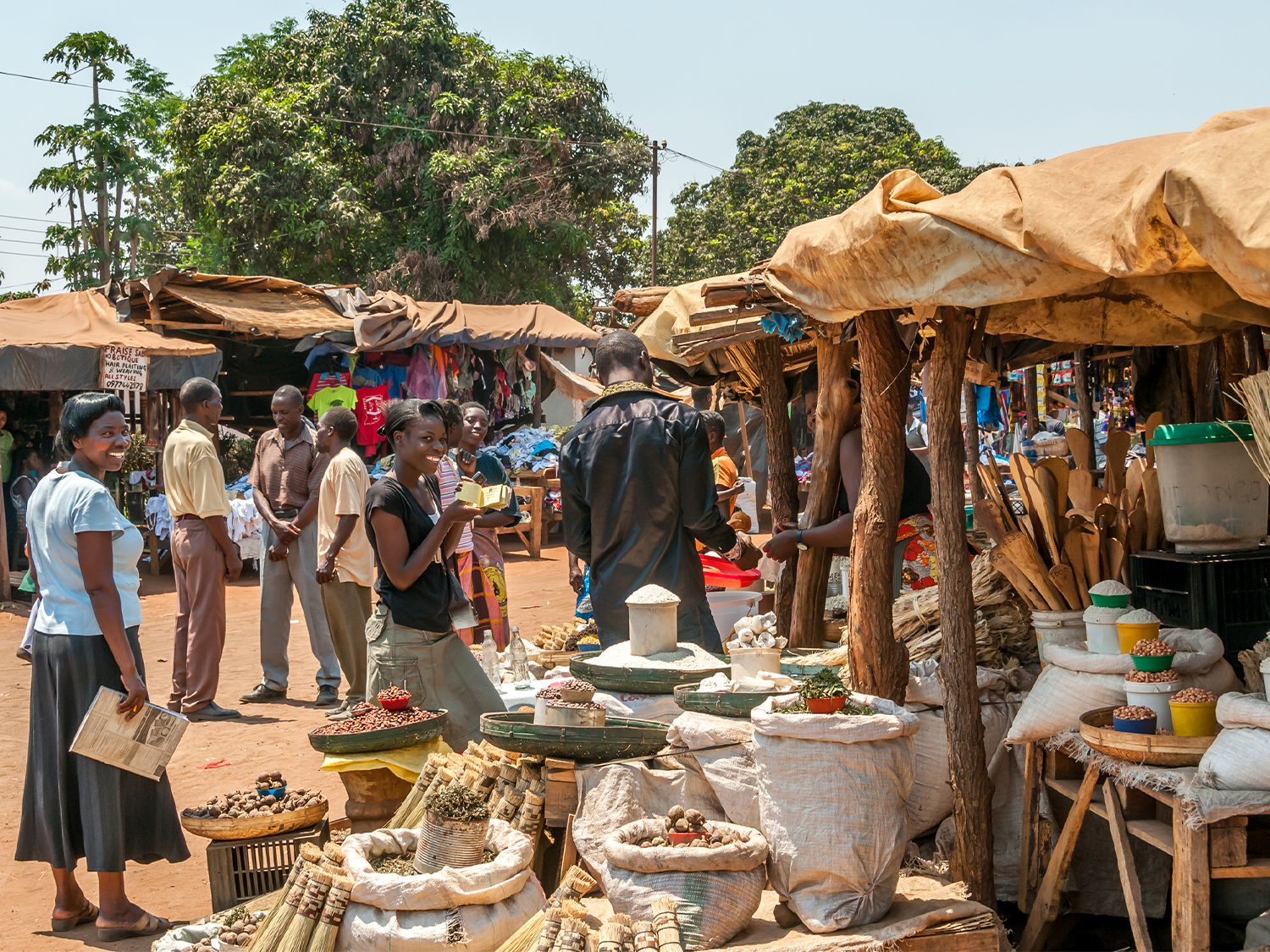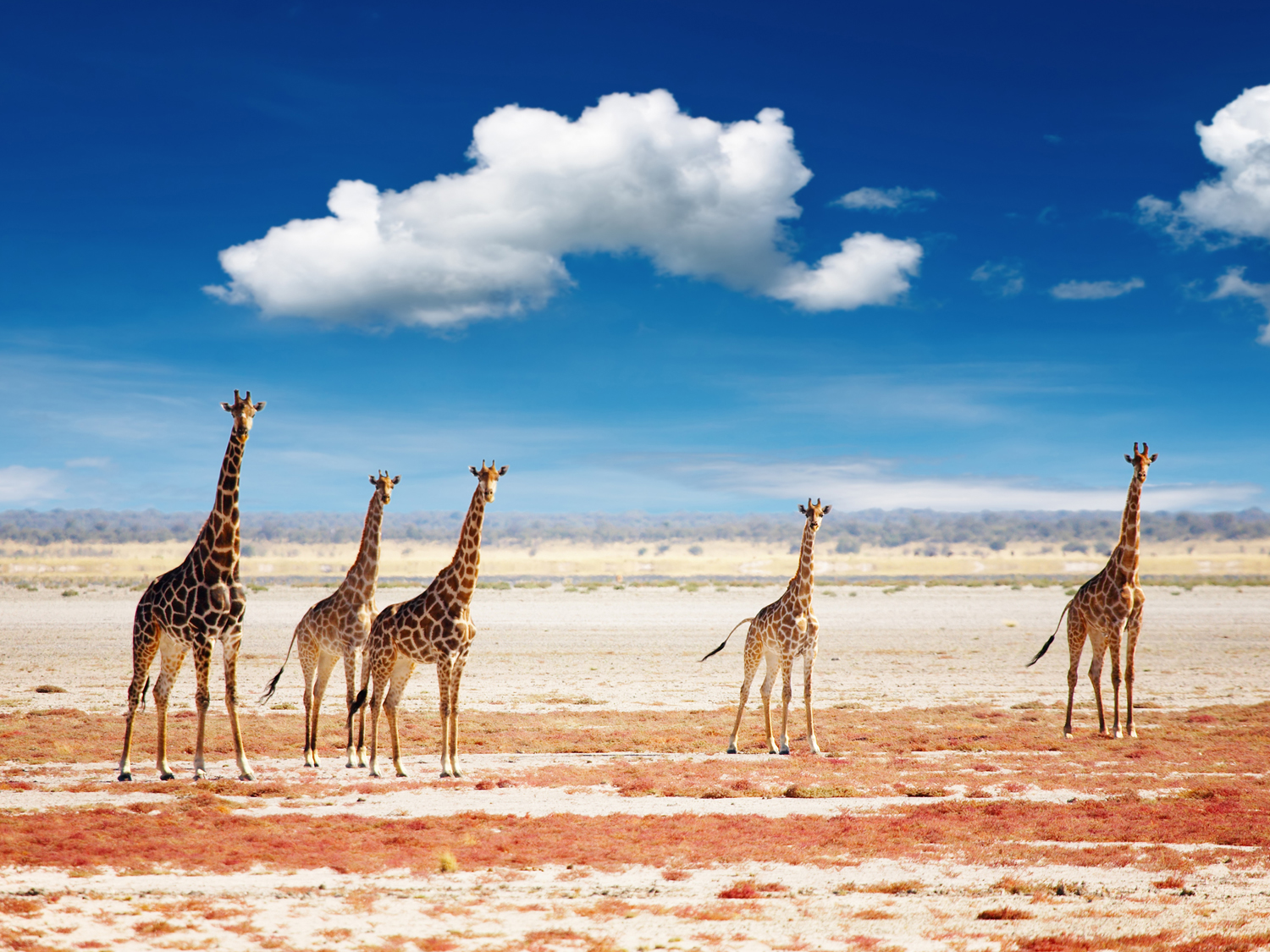Best guided tours to Amboseli National Park, KenyaExperience the Wild Beauty of Amboseli National Park with Expert Guided Tours
When do you want to go?
2024
I'm flexible
Passengers
Adults (18+)
Children (0 - 17)
Welcome to Amboseli National Park, Kenya
Nestled at the foot of the towering Mount Kilimanjaro, Amboseli National Park offers one of the most breathtaking safari experiences in Kenya. Famous for its stunning views of Africa's tallest peak, this park is a haven for wildlife enthusiasts, photographers, and nature lovers alike. Spanning 392 square kilometers, Amboseli is renowned for its diverse ecosystems, which include expansive plains, acacia woodlands, and marshlands. The park’s name, derived from the Maasai word "Empusel," meaning "salty, dusty place," reflects its unique landscape, where wildlife thrives despite the arid conditions.
Guided Tours to Amboseli National Park, Kenya
Guided tours are the best way to explore the diverse landscapes and abundant wildlife of Amboseli National Park. These tours are led by experienced guides who are knowledgeable about the park's ecosystems, animal behavior, and the history of the area. Options range from group safaris, which are ideal for those looking for a social experience, to private tours tailored to specific interests, such as photography or birdwatching. Most guided tours include early morning and late afternoon game drives, allowing visitors to see a variety of animals during the cooler hours of the day when they are most active. Some tours also offer night drives, providing a chance to spot nocturnal animals like hyenas, aardvarks, and various species of owls. Additionally, some itineraries include cultural visits to Maasai villages, where visitors can learn about traditional practices, local crafts, and participate in ceremonies.
For a truly unique experience, consider booking a hot air balloon safari. These early morning flights offer a bird’s-eye view of the park, with the chance to see herds of elephants, zebras, and other animals moving across the landscape at sunrise. Walking safaris, led by Maasai guides, offer an intimate experience with the environment, allowing you to explore the smaller details of the ecosystem, such as plants, insects, and birdlife, that are often overlooked during game drives.
What to Expect from Visiting Amboseli National Park, Kenya
Visiting Amboseli National Park is a journey into one of Africa’s most iconic wildlife regions. The park is best known for its large herds of elephants, which are among the most studied in the world. These elephants, often seen walking in family groups across the plains, are famous for their long tusks and their remarkable tolerance of human presence, making Amboseli one of the best places in Africa for close-up elephant photography.
Beyond elephants, Amboseli is home to a rich variety of other wildlife. You can expect to see predators such as lions, which are often spotted lounging under acacia trees, and cheetahs, which use the open plains to chase down their prey. Leopards, though more elusive, are sometimes seen in the woodland areas. The park also supports large populations of plains game, including wildebeest, zebras, impalas, and Grant's gazelles. Hippos and crocodiles inhabit the swamps and waterholes, while the park's birdlife is equally impressive, with over 400 recorded species. These include everything from the majestic African fish eagle to the colorful lilac-breasted roller and the stately grey crowned crane.
The scenery in Amboseli is as diverse as its wildlife. The arid plains, dotted with hardy shrubs and acacia trees, contrast sharply with the lush swamps that draw large numbers of animals. The clear, dry air often provides excellent views of Mount Kilimanjaro, especially in the early morning or late afternoon, creating opportunities for breathtaking photographs.
Popular Sites to See in Amboseli National Park, Kenya
Observation Hill
A volcanic outcrop located in the western part of the park, is a must-visit. This elevated spot provides a panoramic view of the park's different habitats, including the swamps, plains, and the backdrop of Mount Kilimanjaro. From here, you can observe the movement of wildlife across the landscape and take in the vastness of the park.
Enkongo Narok Swamp
This swamp is one of the park’s permanent water sources, sustained by underground rivers from Kilimanjaro. The swamp is a magnet for animals, particularly during the dry season, when elephants, hippos, buffalo, and a variety of bird species gather here to drink and bathe. The sight of elephants wading through the water, sometimes submerged up to their shoulders, is one of the quintessential images of Amboseli.
Lake Amboseli
Lake Amboseli, usually dry, transforms into a seasonal lake after heavy rains. When filled, it attracts flocks of flamingos and other waterbirds, creating a vibrant scene against the stark, dry landscape. The lakebed, even when dry, is an interesting site to visit, with its cracked earth and occasional dust devils adding to the park's otherworldly atmosphere.
Frequently asked questions
When is the best time to visit Amboseli National Park?
Amboseli is a year-round destination, but the best time to visit is during the dry season, which runs from June to October. During this time, the vegetation is sparse, and animals gather around the remaining water sources, making them easier to spot. The dry season also offers clearer views of Mount Kilimanjaro. The wet season, from November to May, is less crowded and ideal for birdwatching as migratory species are present, and the park’s scenery becomes lush and green.
What should I pack for a safari in Amboseli?
Packing the right gear is essential for an enjoyable safari. Bring light, breathable clothing in neutral colors to blend in with the environment. A wide-brimmed hat, sunglasses, and sunscreen will protect you from the sun, while a warm jacket or fleece is useful for early morning and evening game drives, as it can get chilly. Sturdy walking shoes or boots are recommended, especially if you plan on taking walking safaris. Don’t forget a good pair of binoculars, a camera with a zoom lens, and plenty of memory cards to capture the wildlife and landscapes. Insect repellent is also important, particularly if you are visiting during the wet season.
Is it safe to visit Amboseli National Park?
Amboseli National Park is considered safe for visitors. Park rangers and guides are well-trained to ensure your safety during game drives and walking safaris. However, it’s important to follow the safety guidelines provided by your guide, such as keeping a safe distance from wildlife, not leaving your vehicle during game drives unless instructed, and avoiding wandering off on your own. Additionally, it’s advisable to carry any necessary medications, stay hydrated, and protect yourself from the sun. Following these precautions will help ensure a safe and enjoyable visit to the park.
What type of vehicles are used for safaris in Amboseli National Park?
Safaris in Amboseli typically use 4x4 vehicles, which are well-suited to navigate the park's varied terrain, including the rough, unpaved roads. These vehicles are often modified with open roofs or large windows, allowing for unobstructed views and easier photography. Some luxury tours may offer custom-built safari vehicles with enhanced suspension, comfortable seating, and even amenities like charging ports for your devices. Group tours might use larger safari trucks, while private tours can offer more personalized vehicles.
What kind of wildlife experiences can I expect at night in Amboseli?
Night drives, available through some lodges and guided tours, offer a completely different perspective on Amboseli’s wildlife. During the night, the park comes alive with nocturnal animals that are rarely seen during the day. You might encounter predators like lions and hyenas on the hunt, or smaller animals such as genets, civets, and bush babies. The sounds of the African night, from the distant roar of a lion to the calls of night birds, add to the experience. Some night drives also use spotlights to help illuminate the animals, making it easier to observe their behavior in the dark.
Is Amboseli National Park suitable for families with children?
Amboseli National Park can be a wonderful destination for families, offering educational and exciting experiences for children. Many lodges and camps are family-friendly, with accommodations that cater to the needs of young travelers, such as family tents or interconnecting rooms. Some lodges also offer special programs for children, including guided nature walks, cultural visits, and wildlife talks designed to be engaging and informative. However, it’s important to consider the long hours spent on game drives, which may be tiring for very young children. Additionally, parents should ensure that children are briefed on safety rules, especially regarding wildlife and staying inside the vehicle during safaris.
What is the climate like in Amboseli, and how should I prepare for it?
Amboseli National Park has a semi-arid climate with two main seasons: the dry season (June to October) and the wet season (November to May). During the dry season, daytime temperatures can reach up to 30°C (86°F), while nights can be cool, dropping to around 15°C (59°F). The wet season is marked by short rains in November and long rains from March to May, bringing cooler temperatures and lush vegetation. When preparing for your visit, pack lightweight, breathable clothing for the daytime heat, and warmer layers for early mornings and evenings. Rain gear is recommended if you’re visiting during the wet season, and always bring a hat, sunglasses, and sunscreen to protect yourself from the sun.
Explore more countries like Kenya
Our customers say
Excellent
4.4 out of 5 based on 275 reviews
